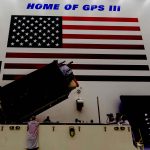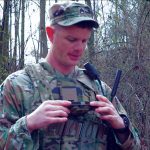PNT Summit Report 2025: Tackling Urgent PNT Challenges
Thought leaders recently gathered to discuss the growing threats to GPS, the most pressing challenges the industry faces and the best way forward. Here, we’ve put together a comprehensive view of all the critical issues tackled during the PNT Leadership Summit, a venue where the industry’s brightest minds could bring up their concerns, frustrations and recommend solutions.
By Inside GNSS












